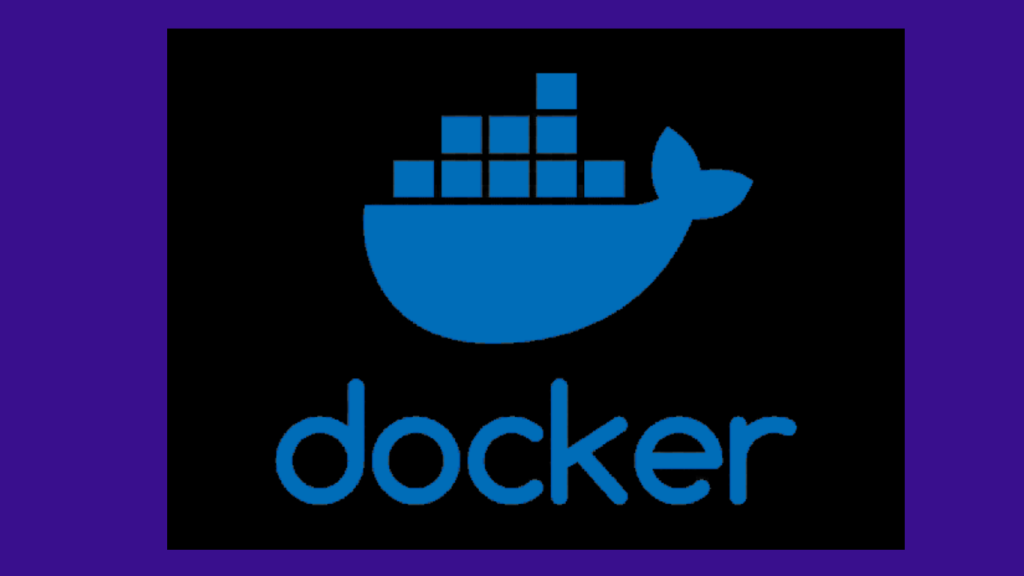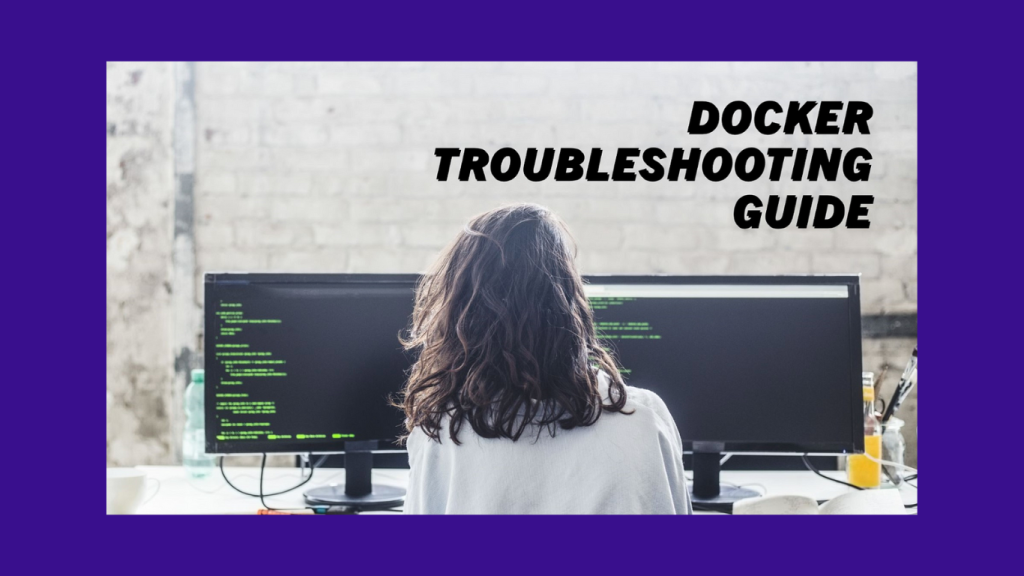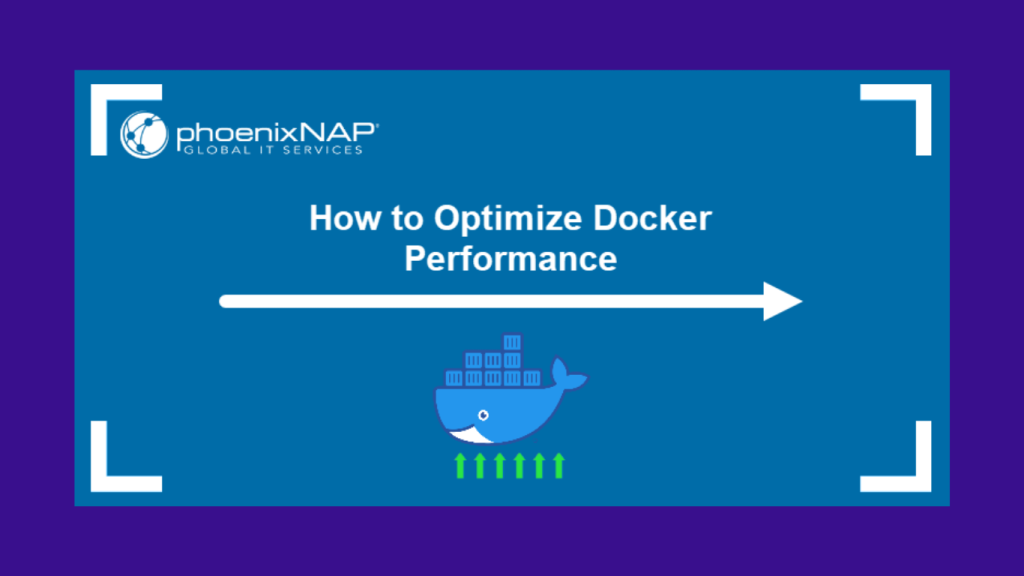Table of Contents
In today’s digital age, self-hosting email servers have become increasingly popular. They offer granular control, enhanced security, and personalized features. However, managing a self-hosted email server can be daunting, especially when using Docker. To help you navigate this complex landscape, we’ve compiled a comprehensive list of the top 10 tips to ensure optimal performance, security, and reliability.
Top 10 Tips for Managing a Self-Hosted Email Server Docker
1. Benefits of Using Self-Hosted Email Server docker

The foundation of a successful self-hosted email server lies in selecting the right Docker image. Popular options include:
Dovecot: A versatile mail transfer agent (MTA) that handles incoming and outgoing mail.
Postfix: A robust MTA is known for its security and performance.
Roundcube: A webmail client that provides a user-friendly interface for accessing email.
When Using a Self-Hosted Email docker: Considerations:
Security: Prioritize images with a strong security track record and regular updates.
Performance: Opt for images optimized for efficient resource utilization.
Feature Set: Select an image that aligns with your specific needs, such as spam filtering, virus scanning, and advanced administration tools.
2. Secure Your Email Server
Security is paramount when managing a self-hosted email server. Implement these best practices:
Firewall Configuration: Restrict access to essential ports (e.g., 25, 110, 143, 993, 995, 587) from trusted IP addresses.
Consider using a firewall to block unwanted traffic.
User Authentication and Authorization: Enforce strong password policies and two-factor authentication.
Limit user privileges to minimize the risk of unauthorized access.
Regular Security Updates: Stay up-to-date with the latest security patches for your Docker image and underlying software.
Use automated update mechanisms to streamline the process.
SSL/TLS Certificates: Encrypt communication between your email server and clients using valid SSL/TLS certificates.
Regularly renew certificates to avoid security vulnerabilities.
3. Optimize performance
This video owner: Fireship
A well-optimized email server ensures smooth operation and fast response times. Consider the following techniques:
Efficient Resource Allocation: Allocate sufficient CPU, memory, and disk space to your Docker container.
Avoid overprovisioning resources to minimize costs.
Caching Mechanisms: Implement caching for frequently accessed data to reduce database load and improve response times.
Database Optimization: Optimize database queries and indexes for efficient data retrieval.
Regularly analyze and tune database performance.
Load Balancing: Distribute incoming traffic across multiple Docker containers to handle increased load and improve scalability.
4. Implement Backup and Recovery Strategies
A robust backup and recovery plan protects your email data from potential disasters. Consider these strategies:
Regular Backups: Schedule regular backups of your email server’s data, including user mailboxes, configuration files, and database.
Store backups in a secure, offsite location.
Automated Backups: Use automated backup tools to streamline the backup process and reduce human error.
Cloud-Based Backups: Consider using cloud storage solutions to store backups offsite and ensure data redundancy.
5. Monitor and Troubleshoot

Proactive monitoring and timely troubleshooting are crucial for maintaining a healthy email server. Implement the following practices:
Essential Monitoring Tools: Monitoring tools track key metrics like CPU usage, memory consumption, disk I/O, and network traffic.
Monitor email server logs for errors and warnings.
Common Troubleshooting Steps: Check system logs for error messages.
Verify network connectivity and DNS settings.
Restart services if necessary.
Consult online forums and documentation for troubleshooting tips.
6. Stay Updated with the Latest Security Patches
Keeping your email server up-to-date with the latest security patches is essential to protect against vulnerabilities. Follow these guidelines:
Regular Updates: Regularly update your Docker image and underlying software to address security vulnerabilities.
Use automated update mechanisms to streamline the process.
Manual Updates: If automated updates are not feasible, follow the vendor’s instructions for manual updates.
Test updates in a staging environment before deploying them to production.
7. Consider High Availability and Redundancy
High availability and redundancy are crucial for ensuring uninterrupted email service. Consider these techniques:
Load Balancing: Distribute incoming traffic across multiple Docker containers to improve performance and fault tolerance.
Failover Mechanisms: Implement failover mechanisms to automatically switch to a backup server in case of primary server failure.
Redundant Hardware: To minimize downtime, use redundant hardware components (e.g., RAID arrays, redundant network interfaces).
8. Implement Spam Filtering
Spam filtering is essential to protect your users from unwanted and malicious emails. Consider the following techniques:
Spam Filtering Tools: Use spam filtering tools to identify and block spam emails.
Regularly update spam filter databases to stay ahead of new spam tactics.
User Education: Educate users about spam email risks and best practices for avoiding spam.
Encourage users to report spam emails to your email administrator.
9. Optimize Email Delivery

Ensuring reliable email delivery is crucial for effective communication. Consider the following tips:
DNS Configuration: To improve email deliverability, configure your DNS records (MX, SPF, DKIM, DMARC).
Use a reliable DNS provider.
Sender Reputation: Maintain a good sender reputation by avoiding spam-like practices and adhering to email best practices.
Email Authentication: Implement email authentication protocols (SPF, DKIM, DMARC) to verify the authenticity of your emails.
10. Regularly Review and Fine-tune
Regular review and fine-tuning are essential for maintaining a well-managed email server. Consider the following practices:
Performance Monitoring: Regularly monitor key performance metrics to identify potential bottlenecks and optimization opportunities.
Adjust resource allocation and configuration settings as needed.
Security Audits: Conduct regular security audits to identify and address potential vulnerabilities.
Stay updated on the latest security threats and best practices.
User Feedback: Gather feedback from users to identify areas for improvement.
Address user concerns and requests promptly.
Following these top 10 tips, you can effectively manage your self-hosted email server Docker and ensure optimal performance, security, and reliability. Remember, a well-managed email server is a valuable asset for your organization.
Conclusion
Self-hosting an email server using Docker offers numerous advantages, including granular control, enhanced security, and personalized features. However, it requires careful planning, configuration, and ongoing maintenance. Following the top 10 tips in this guide, you can effectively manage your self-hosted email server and ensure optimal performance, security, and reliability.
Remember to prioritize security, optimize performance, implement robust backup and recovery strategies, and stay updated with the latest security patches. By investing time and effort in managing your self-hosted email server, you can reap the benefits of a customized and secure email solution.
FAQs
Q. What is a self-hosted email server?
A: A self-hosted email server is a privately operated email server you manage rather than relying on a third-party email provider. This allows greater control over your email infrastructure, data privacy, and customization.
Q. What are the benefits of using a self-hosted email server?
A: The benefits of using a self-hosted email server are
- Control: You have complete control over your email server, including customization, configuration, and data access.
- Privacy: Your email data is stored on your servers, reducing privacy concerns associated with third-party providers.
- Security: You can implement robust security measures to protect your email server from unauthorized access and cyberattacks.
- Customization: You can customize your email server to meet your specific needs, such as adding custom domains, setting up spam filters, and integrating with other services.
Q. What is Docker?
A: Docker is a containerization platform that allows you to package applications and their dependencies into portable containers. This makes it easy to deploy and manage applications across different environments.
Q. What are the main components of a self-hosted email server?
A: A typical self-hosted email server consists of the following components:
- Mail Transfer Agent (MTA): This person handles email sending and receiving (e.g., Postfix, Dovecot).
- Webmail Client: A web-based interface for accessing emails (e.g., Roundcube, Horde).
- Spam Filter: Filters incoming emails to identify and block spam (e.g., SpamAssassin, Greylist).
- Virus Scanner: Scans incoming and outgoing emails for viruses and malware (e.g., ClamAV).
Q. How do I set up a self-hosted email server using Docker?
A: Setting up a self-hosted email server using Docker involves the following steps:
- Choose a Docker image: Select a suitable one for your email server components.
- Configure the Docker container: Configure the container’s network settings, storage, and environment variables.
- Set up DNS records: Configure DNS records to point to your email server’s IP address.
- Configure email clients: Configure your email clients (e.g., Outlook, Thunderbird) to connect to your self-hosted email server.
Q. How do I secure my self-hosted email server?
A: Here are some security best practices:
- Strong passwords: Use strong, unique passwords for all user accounts.
- Two-factor authentication: Enable two-factor authentication for added security.
- Regular updates: Keep your email server software and Docker images up-to-date.
- Firewall configuration: Configure your firewall to block unauthorized access.
- SSL/TLS certificates: Use SSL/TLS certificates to encrypt communication between your email server and clients.
- Spam and virus filtering: Implement robust spam and virus filtering solutions.
- Regular backups: Regularly back up your email server data.